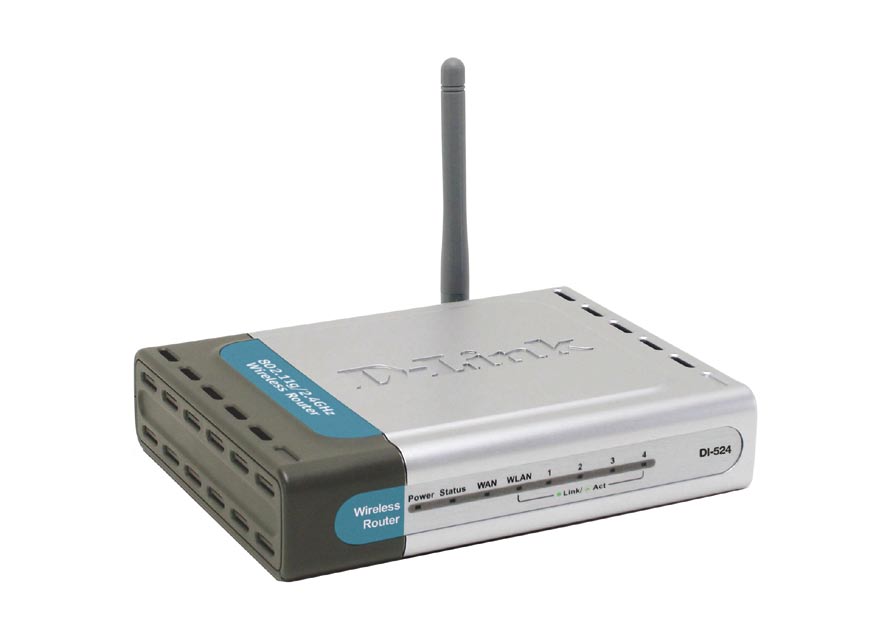For many years now security experts have been warning others about fraudulent e-mails and scams. Even after the warnings, there are still people who are taken in by these frauds and scam artists. The cost to those who are taken in can be hundreds of thousands of dollars or even their entire identity.
In this post I will discuss the types of scams and frauds that are mostly used in e-mails and ways to avoid them.
Phishing
In the past you may have received e-mails from a trustworthy institution asking to confirm some details about yourself. These details can include everything from a user ID, password to your account or PIN number. These e-mails are sent by scammers looking to steal important information from you. This is known as phishing.
Phishing has been around for many years, but has now entered the security spotlight as more users get caught in the scams.
Usually someone will receive an e-mail from a reputable company asking the user to confirm some important information about themselves. The e-mail usually contains a link that directs the user to a form on a Web page. The Web page is designed to look exactly like the company that they are pretending to be. The form, however, is located on a server the scammer uses and can control.
Once the user fills in the information on the form and submits it, the scammer can then use that information as they please. This is a major cause of identity theft as the scammer can now assume the identity of the user.
Prevention
There are many ways to prevent losing important information to a scammer. The most important method is common sense. I don’t know of any financial institution, or any company for that matter, that will ask for personal information through e-mail. If you receive an e-mail such as this, and are unsure, then call up the company and let them know. Many times they will then take action to stop those who are sending the e-mails.
A clue to determining if an e-mail is legit is to look at the spelling and grammar. Many times the spelling and grammar will be extremely poor, which indicates that a company did not send out the e-mail.
Many of the newer browsers, such as Internet Explorer 7, Firefox 2.0, and Opera all have built-in anti-phishing measures. These browsers will notify you if you access a Web page that has been flagged as a phishing site. If you haven’t already, I suggest you upgrade to one of these browsers.
Advanced Fee Fraud
Have you ever received an e-mail from someone who says they are an official with millions of dollars? You are then to contact them as you are the beneficiary of this so called money? If you have then you know about the scam known as Advanced Fee Fraud also known as the 419 fraud.
These frauds are different than phishing in that they try to get your money and not your information. It is called the 419 fraud after the section of the Nigerian penal code which addresses fraud schemes. Many of these scams deal with traveling to Nigeria, mailing something to Nigeria, or meeting with a Nigerian official.
Many of the e-mails tied to the 419 fraud usually involve some sort of urgency such as a health matter. An individual representing someone else with a vast fortune will contact you stating that you are the beneficiary of the fortune. In the e-mail, you will be instructed on transferring money to the unknown individual for fees and other costs of transferring the millions to you. This is how many of the scammers make their money.
Prevention
Since this scam occurs through e-mail, the biggest method of preventing it is to use your common sense and just delete the e-mail. Most of the time you can spot these e-mails by the extremely poor spelling and grammar. Sometimes the spelling is so bad it becomes comical.
If you want some enjoyment of seeing these 419 fraud scammers getting what they deserver, check out: 419 Eater. What the author of that site does to the scammers is very amusing.
Summary
In this post I have talked about two of the popular methods that scammers use to steal your identity or money. It is important to understand that the best method of protecting yourself is to simply use common sense. I you don’t recognize the sender of the e-mail, just delete it.
